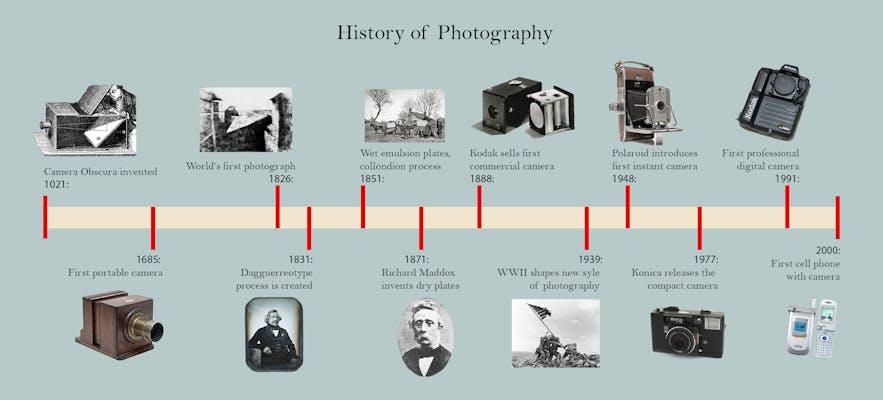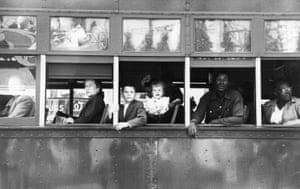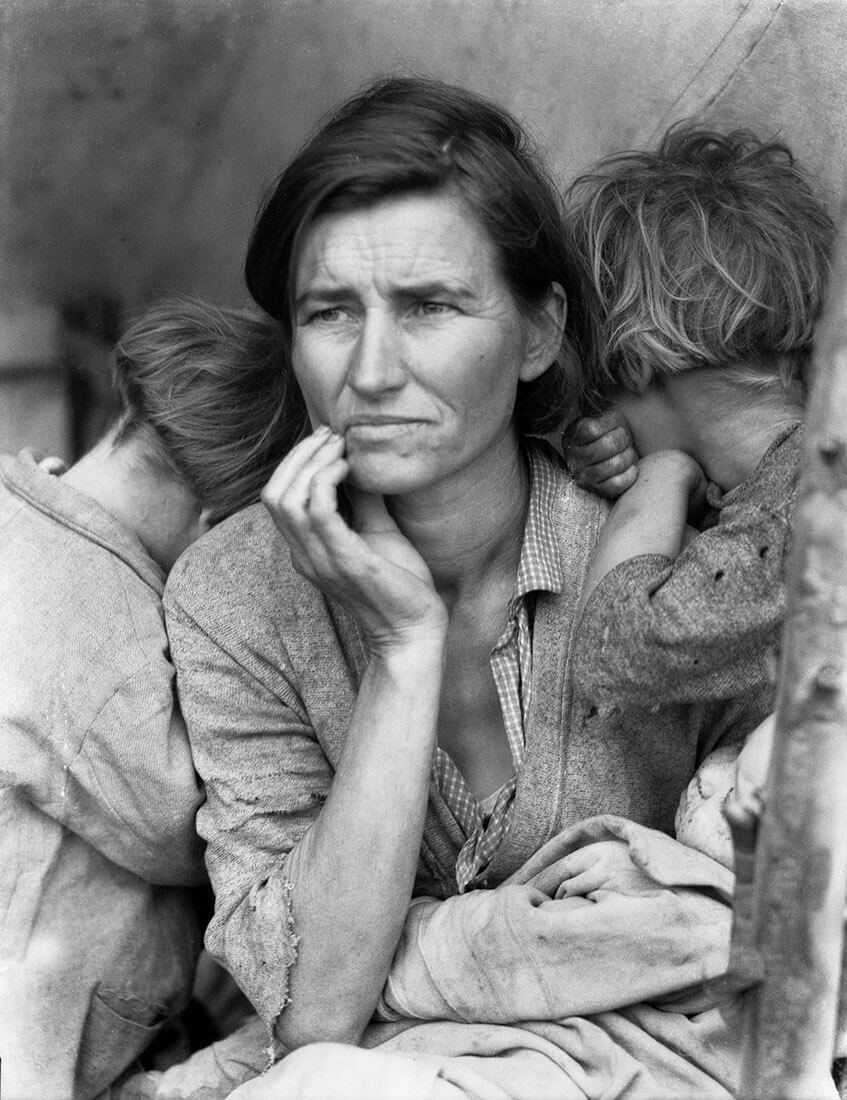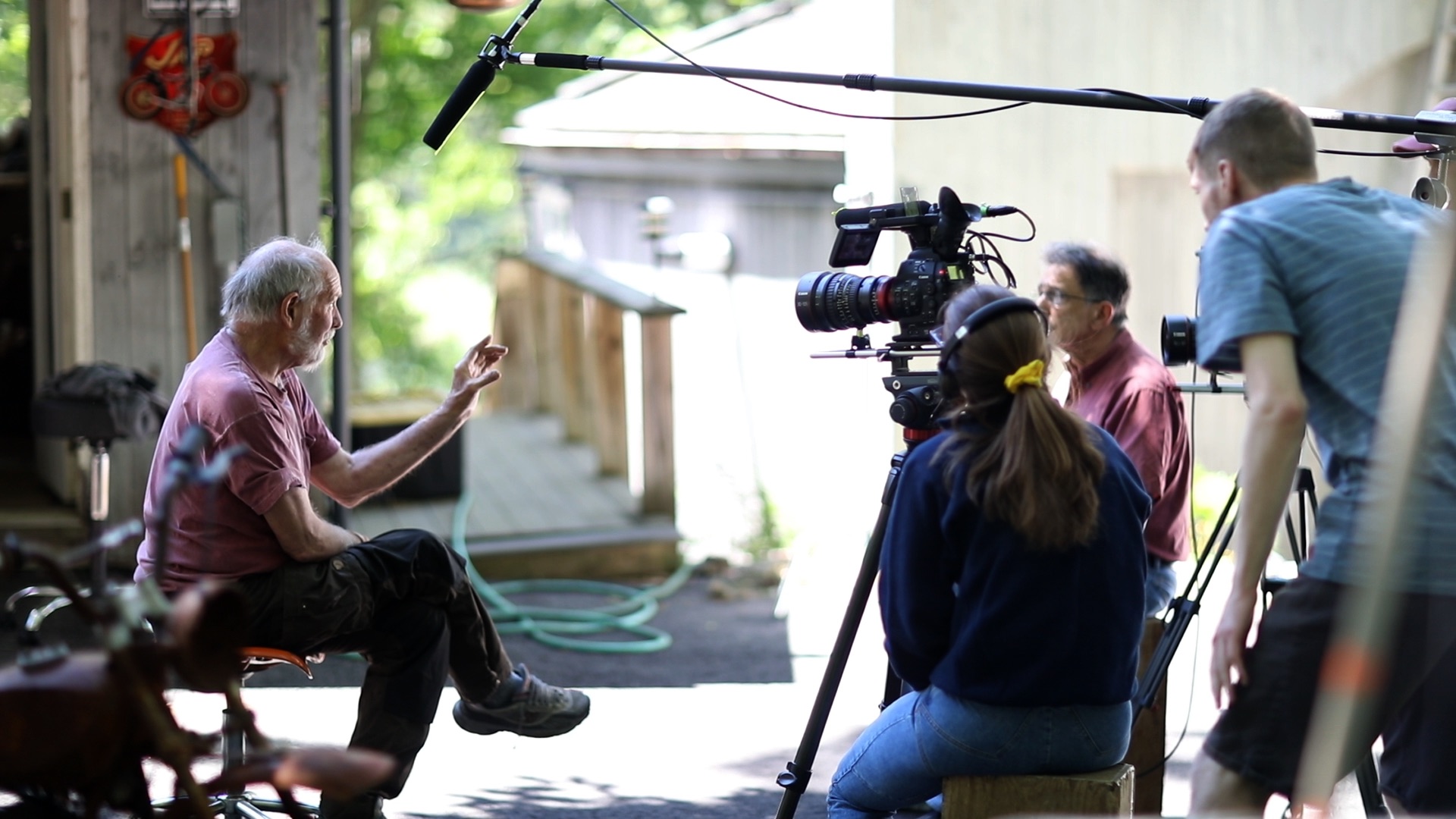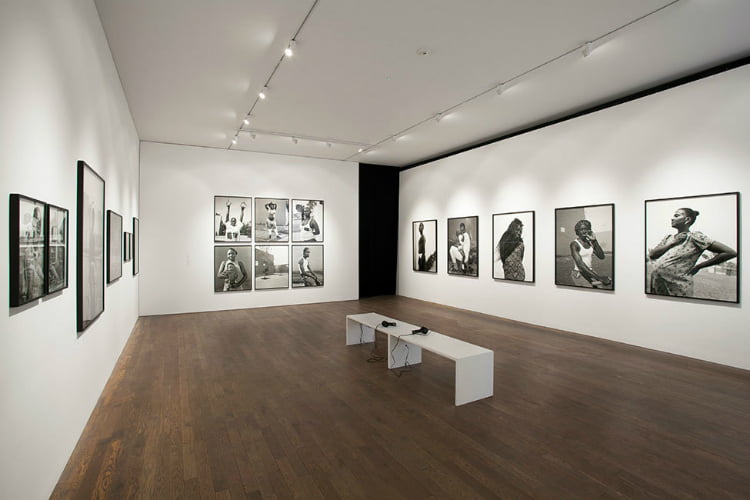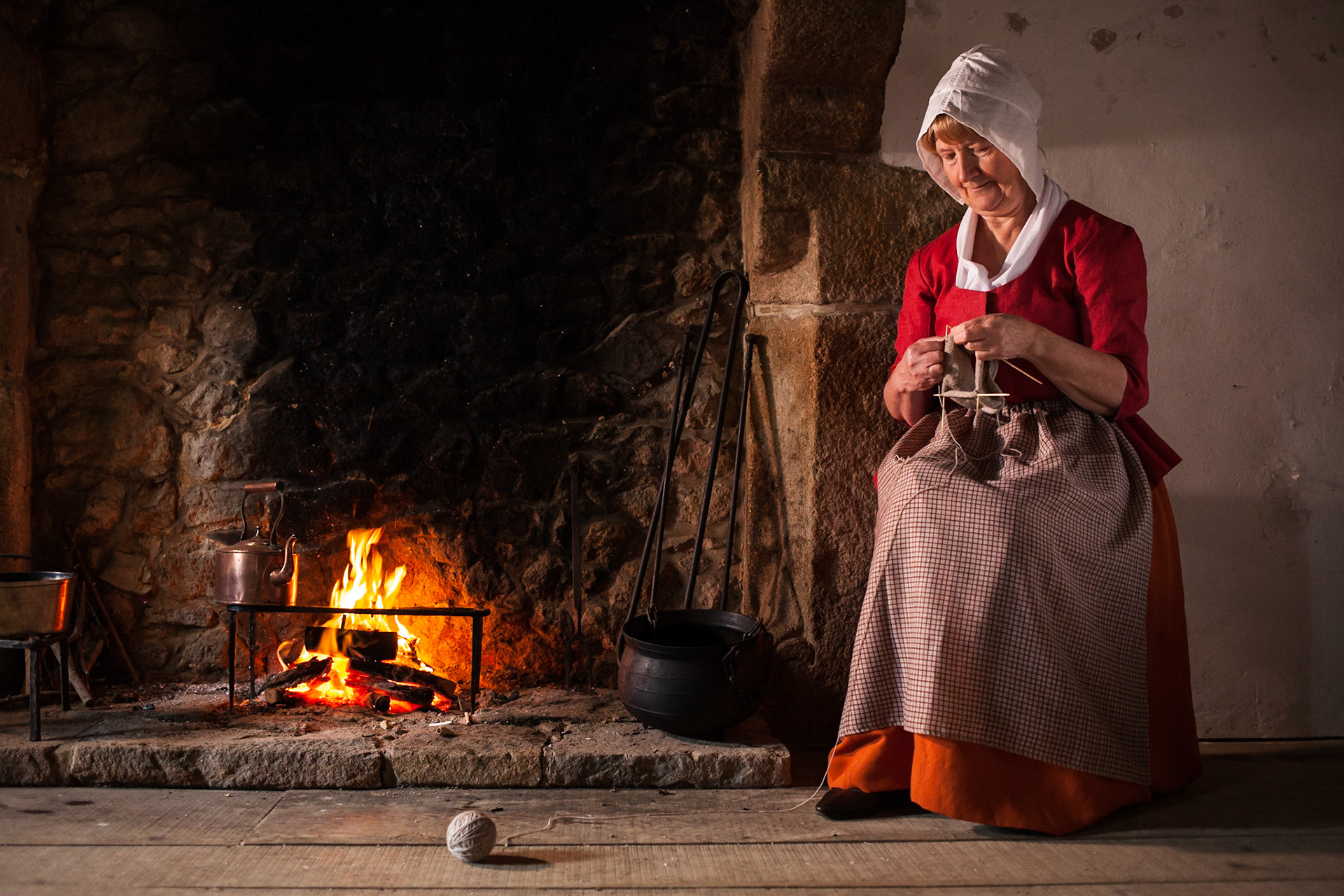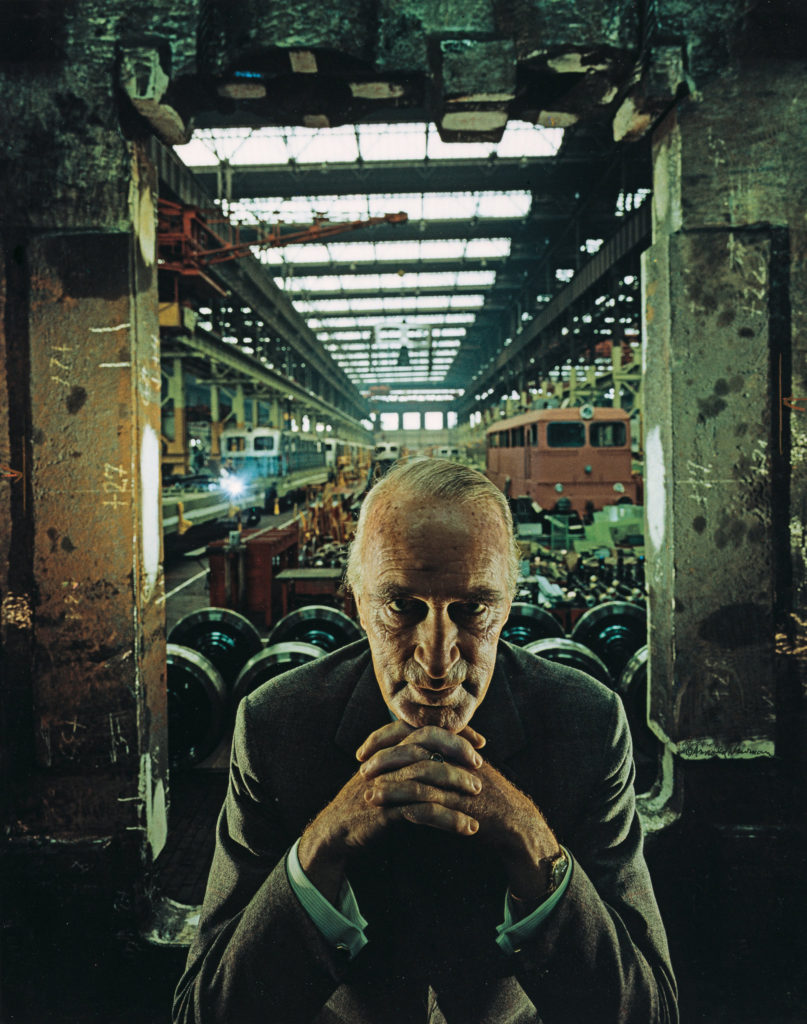Photography is the art of using light to create an image.

Photography’s Functions
Photography is used all around the world by all types of people in different ways. It can be used to record different events in history which we can later on look at and learn about, as well as keeping family traditions and memories alive. It’s also a tool for science and exploration due it it being able to document people, places and events.
Photography as an Art Form
Some people could argue that photography is not real art due to it being mostly digital, unlike paintings and drawings; however, I believe that it is a real art form because it’s not easy, not everyone can do it, and it can paint an image just like drawings can. Photographers can change the outcome of a photograph using lenses, cameras, film, filters, lighting and much more, which makes photography more unique. You can be as creative with it as you want, just like with different art forms like music, sculpture, painting etc.
Photography as a Science
Chemistry and physics are needed in order to make cameras work which makes photography possible. Scientists use photography all the time to document and learn more about our planet and space. They use it as evidence and are able to share it with other people in order to make new discoveries.
The Difference between the Study and Practice of Photography
Study:
The ‘Study’ of photography is where you learn how the camera and lighting work. You also get to learn all the different techniques photography has to offer, such as compositions, manipulating, editing, processing etc.
Practice:
The ‘Practice’ is the artistic side of photography where you use a camera, take pictures, make the photos, and so on. Photographers practice different techniques and experiment with their ideas in order to create something new and beautiful.
Types of Photography
There are many different types of photography like: portrait, landscape, still life, fashion, street, architectural, sports, and many more. Each types helps us view the world around us differently in their own unique ways.

